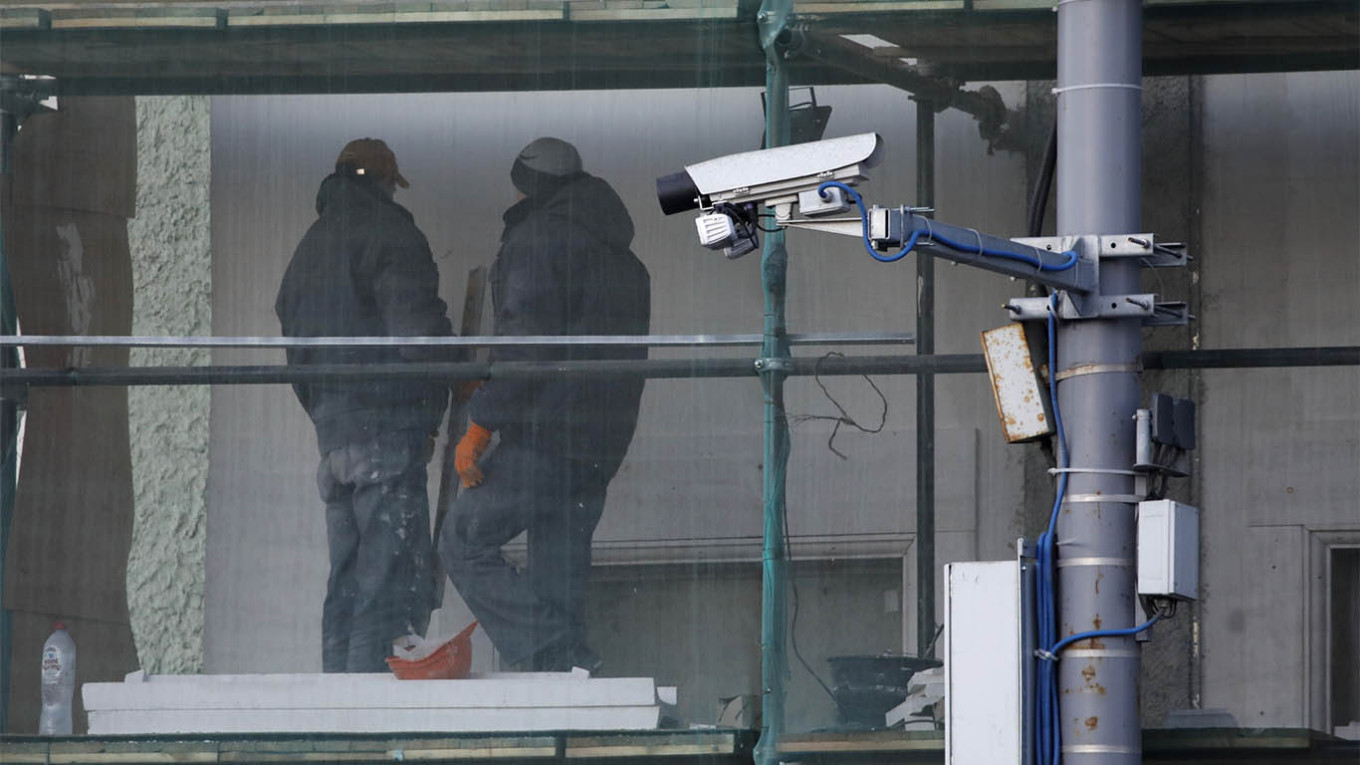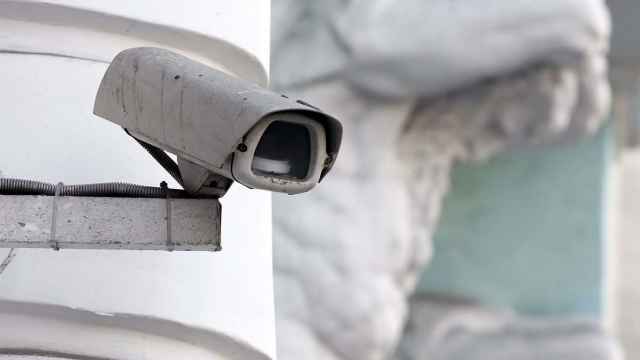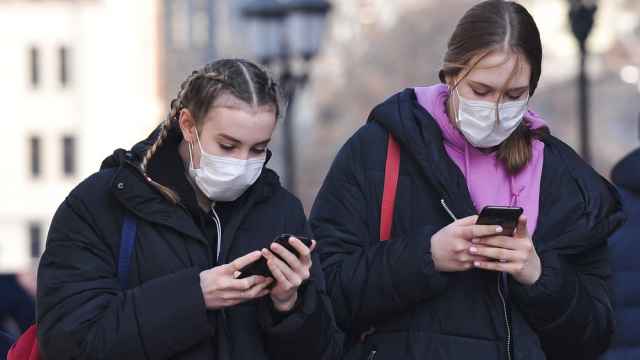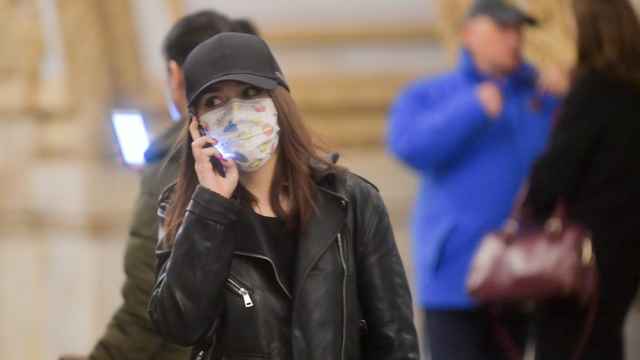On Feb. 21, as the coronavirus claimed its first victims in Italy and Iran, Moscow mayor Sergei Sobyanin took to his official blog to reassure the citizens of the Russian capital.
Emphasizing that Moscow was still, for now, free of the virus, he announced a string of new measures to keep it that way. Chinese citizens would be banned from entering Russia, those already in Russia would be tracked down and monitored and potential carriers would be ordered into self-isolation.
This would be enforced “with the help of our automated facial recognition systems and other technological means.”
It will be the biggest test yet for Moscow’s embryonic, but expanding network of facial recognition cameras.
Since the beginning of the coronavirus outbreak, China, itself the country with the world’s most extensive facial recognition systems, has been using the technology to enforce quarantines, track carriers and even detect new cases.
In theory, Russia is well placed to follow the Chinese example, but the reality is more complicated. While Moscow itself is very well covered, outside the capital and a smaller network in St Petersburg, facial recognition coverage remains very limited.
A strong tradition of mathematical education and extensive government interest and investment in the sector have made Russia a world leader in artificial intelligence. Today, Russia is one of the only countries in the world that produces its own, with Russia-based firms selling their solutions to governments and businesses in Latin America and the Middle East.
At home, at the start of this year the Moscow city government formally announced the beginning of the capital’s “Safe City” facial recognition surveillance programme, the culmination of a long-term Russian government investment plan in the artificial intelligence sector.
Under Safe City, cameras installed in key public places including the metro, apartment building entrances and train stations scan crowds against a database of wanted individuals. When resemblances are detected, the police are notified.
With trials ongoing since 2018 and reportedly almost 200,000 cameras connected to the system, this was only the first stage in the development of Russia’s facial recognition surveillance architecture. As early as summer 2019, officials were hailing its results, claiming over 200 criminals successfully detained by the algorithms.
Under pandemic conditions, the Safe City cameras will likely have to track many more people if Moscow — a city of 12 million — experiences a serious coronavirus outbreak. However, experts believe that the surveillance systems will be able to scale up rapidly.
“In principle, there’s no difference between the algorithm searching for a relatively small number of wanted criminals, and for a much higher percentage of the population that might be quarantined”, said Kostas Perifanos, a London-based independent artificial intelligence researcher.
“This shouldn’t even seriously impact on accuracy rates, there would just be a great deal more connections made.”
According to Artyom Kuharenko, co-founder of NTechLab, an AI firm whose technology is used by Moscow city authorities, even increased use of medical masks during the outbreak shouldn’t impact effectiveness.
“Our algorithm has been specifically developed for use not only in Russia, but also in Asian countries where medical masks are quite popular. [It] can recognize a face when up to 40% of it is covered by a medical mask, a motorcycle helmet, a scarf, etcetera.”
There is some evidence for cameras’ effectiveness in policing public health: Reportedly, 200 quarantine-breakers have already been identified by facial recognition technology, including one man who’d left his home only to empty his bins.
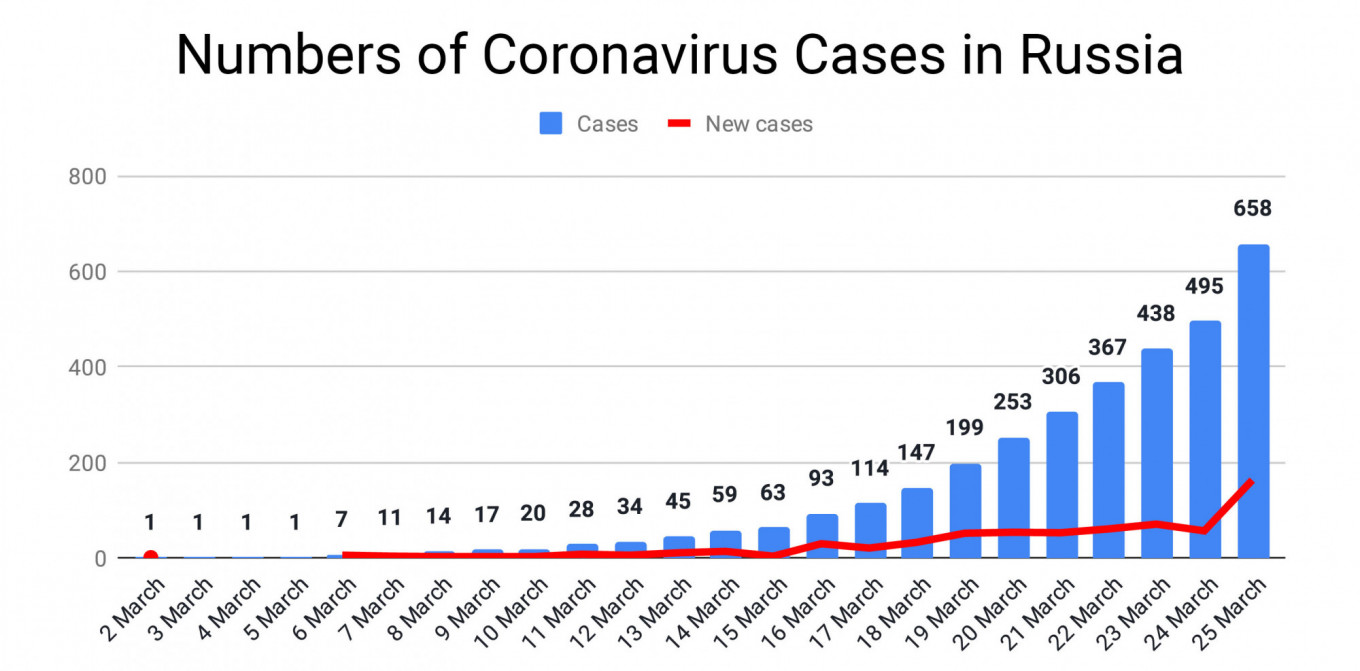
However, outside the specific surveillance field, Russia’s picture is rather less rosy.
In China, facial recognition — itself an umbrella term for a whole range of largely unrelated technologies — has been used in a wide variety of ways to fight the coronavirus. These have included everything from facial recognition-controlled access to buildings and facilities reducing infection through touching surfaces, to thermal vision cameras detecting people with fevers.
Despite Russia’s strong focus on facial recognition for surveillance purposes, it is less well-placed to fight the virus using these alternative techniques.
Though individual companies, including Sberbank and the Moscow metro have invested individually in facial recognition-based access technology, many of these projects have yet to come fully online, with the metro only planning to introduce facial recognition entrance systems from December. In any case, there are no programmes that could compare to Safe City in size.
There are particular signs that Russia is lagging behind when it comes to thermal-vision equipment.
“What we really need are infrared cameras,” said Mikhail Klimarev, head of the Internet Protection Society, a group campaigning for Russians’ digital rights. “Surveillance is one thing, but what we really need is equipment that can help with diagnoses. And that equipment is expensive. You can’t just install it overnight.”
While Kuharenko, NTechLab’s co-founder, said his company is working on a solution for smart cities to deal with pandemic situations, details are yet to be confirmed. Since the Russian state prefers to buy from domestic firms, Moscow will likely have to wait for a homegrown thermal imaging solution to become available.
However, according to Leonid Kovachich, an independent China-watcher and tech analyst, Russia’s bigger problem is that its facial recognition surveillance network is overly centered on Moscow.
“If you look at China, their surveillance network is genuinely nationwide. Here, we just don’t have those kinds of resources. Outside Moscow, facial recognition is extremely patchy. That will have a serious impact on tracking the pandemic’s movement through the country.”
Since the beginning of the coronavirus outbreak, China’s extensive security systems, which according to an analysis by U.K. technology site, Comparitech, include eight of the planet’s 10 most surveilled cities, have enabled the authorities to track quarantined individuals and contain potential spreaders of disease across multiple cities.
In Russia, such tracking will likely be much harder.
Typically, only key facilities like airports, and the central districts of Russia’s bigger provincial cities are policed by facial recognition cameras. Even there, however, there are major exceptions: In Novosibirsk, Russia’s third largest city, facial recognition surveillance is only expected to be installed on the city’s metro — usually among the first places to receive cameras — over the next two years.
There are signs that the government is responding to its lack of provincial surveillance capacity, announcing plans to use cellphone data to track at-risk individuals around the country. However, the inability to track at risk individuals outside Moscow could jeopardize quarantine enforcement within the capital, especially given Moscow’s status as a national transport hub.
Facial recognition’s increased prominence during the pandemic has also stirred up older controversies around the technology’s privacy implications.
“We’re talking about adding enormous numbers of people to the databases to fight this pandemic”, said Sarkis Darbinyan, an activist at RosKomSvoboda, an organization dedicated to defending Russians’ rights in cyberspace, who has supported lawsuits filed against facial recognition in Moscow. “As far as we know, when a person is ordered into quarantine, their face is added to the watchlist automatically.”
This, Darbinyan added, is against Russia’s data protection law, which requires individual consent for biometric data to be processed.
“The use of facial recognition here is really a legal grey zone. And we don’t really know where it might lead next.”
A Message from The Moscow Times:
Dear readers,
We are facing unprecedented challenges. Russia's Prosecutor General's Office has designated The Moscow Times as an "undesirable" organization, criminalizing our work and putting our staff at risk of prosecution. This follows our earlier unjust labeling as a "foreign agent."
These actions are direct attempts to silence independent journalism in Russia. The authorities claim our work "discredits the decisions of the Russian leadership." We see things differently: we strive to provide accurate, unbiased reporting on Russia.
We, the journalists of The Moscow Times, refuse to be silenced. But to continue our work, we need your help.
Your support, no matter how small, makes a world of difference. If you can, please support us monthly starting from just $2. It's quick to set up, and every contribution makes a significant impact.
By supporting The Moscow Times, you're defending open, independent journalism in the face of repression. Thank you for standing with us.
Remind me later.



